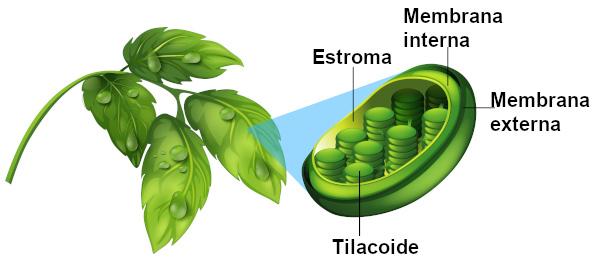Researchers from the Department of Nutrition at the Harvard School of Public Health (HSPH) analyzed four previous studies involving more than 352,000 participants from China, Japan, the United States and Australia.
The aim of the study was to investigate a possible dose-response relationship between the consumption of white rice and the risk of type 2 diabetes.
see more
Is it better to eat boiled eggs for lunch or dinner? Find out here
The "powers" of porridge: check out the benefits of oats in…
These findings were published in the British Medical Journal. The high glycemic index of white rice can lead to increases in blood sugar levels, which has been linked in the past to a higher risk of type 2 diabetes.
white rice effects
Participants were followed for a period of 4 to 22 years. At the start of the study, none of them had diabetes.
The research team found that high consumption of rice, between three and four servings daily, was associated with a 1.5 times greater risk of developing diabetes compared to those who consumed less rice.
Furthermore, each extra serving of white rice consumed daily increased the risk by 10%, and this association was more significantly in residents of Asian countries, where the average daily consumption of white rice is three to four servings.
In western countries, such as Portugal and Spain, the average weekly intake is one to two servings.
White rice has a high glycemic index, which means it can cause blood sugar spikes. This may explain why it is linked to a higher risk of diabetes.
The glycemic index is a measure of how foods affect blood sugar levels, and foods with a high glycemic index have been linked to a higher risk of showing signs of illness.
High sugar content, low amount of nutrients
Qi Sun, lead author of the study, says that white rice is also lacking in nutrients such as fiber and magnesium.
People who consume large amounts of white rice end up deficient in these beneficial nutrients. Instead, he recommends the brown rice option, which provides these compounds.
The study authors and other nutrition experts point out that white rice consumption is not the only factor contributing to an increased risk of developing type 2 diabetes.
They note that the rise in obesity and insulin resistance in Asian countries can be attributed to a general decrease in physical activity and the decrease in the intake of lighter and more nutritious foods as a whole.


